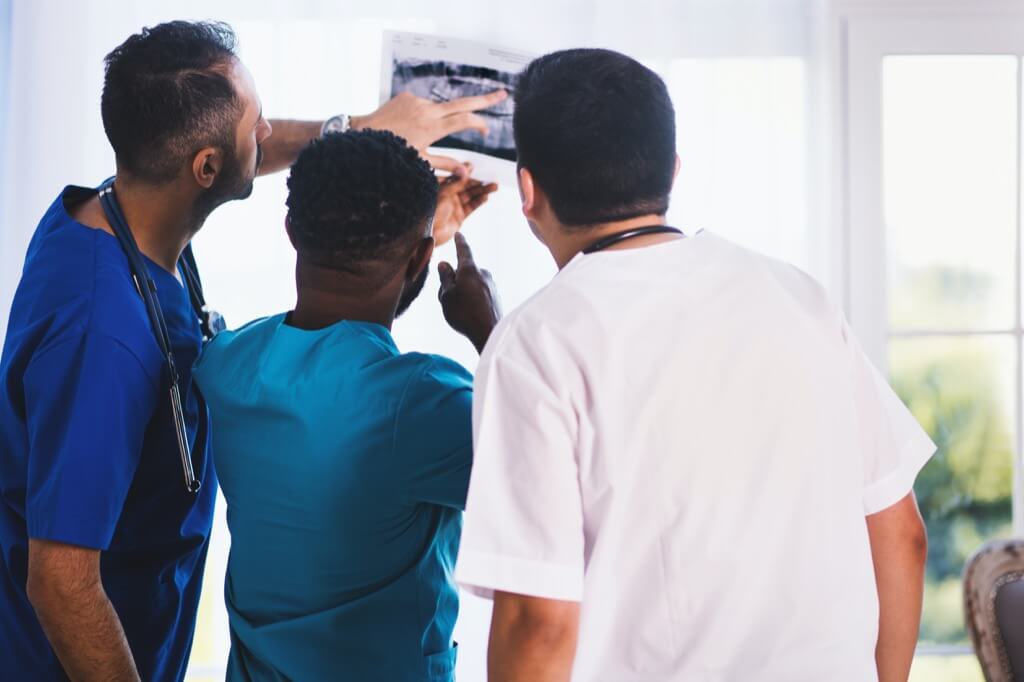Dental x-rays are generally considered safe as dentists implement multiple safety measures to minimize radiation exposure. The use of lead vests protects the body from unnecessary radiation, and the placement of a shielded wall in the dental office ensures the safety of the surrounding environment. The focused approach of the x-ray machine solely on the area of the skull being examined, rather than the entire body, significantly reduces the potential risks associated with radiation exposure during dental procedures.
Decoding Radiation Dosages: What’s Tolerable?
Understanding the acceptable levels of radiation exposure is vital in comprehending the potential impact on the human body. Various factors influence the tolerable dosage, including the type of radiation being used, the duration of exposure, and the individual’s inherent susceptibility to radiation. These factors play a crucial role in determining the safety thresholds for radiation exposure, ensuring that the levels remain within a range that the body can withstand without detrimental effects.
The Science of Ionizing Radiation
Ionizing radiation affects human tissues by penetrating deeply and causing cellular damage through the disruption of molecular structures. Different forms of ionizing radiation interact uniquely with biological systems, leading to potential mutations and cellular abnormalities. Understanding the intricate mechanisms through which ionizing radiation impacts the body is crucial in comprehending the potential risks and developing effective safety protocols to minimize exposure.
Cancer and Radiation
While radiation exposure has been linked to an increased risk of cancer, it’s essential to debunk common misconceptions surrounding this relationship. Research suggests that prolonged exposure to high levels of radiation can indeed lead to cellular mutations that may contribute to the development of certain types of cancer. Understanding the complex biological processes involved in radiation-induced carcinogenesis is crucial for implementing effective preventative measures and maintaining public health safety standards.
Radiation Hormesis and Human Tolerance
Radiation hormesis refers to the concept that low levels of radiation may potentially have beneficial effects on living organisms. Understanding how the human body tolerates such minimal levels of radiation is essential for assessing the potential health implications. Research in this area aims to provide insights into the adaptive mechanisms of the human body in response to low-dose radiation exposure, shedding light on the potential health benefits or risks associated with this phenomenon.
The Role of Genetic Susceptibility in Radiation Sensitivity
Debating the influence of genetic factors on an individual’s sensitivity to radiation opens up a complex realm of discussion. While some individuals may demonstrate increased resilience to radiation due to specific genetic variations, others might be inherently more susceptible to its adverse effects. Exploring the intricate interplay between genetic predispositions and radiation response is crucial in understanding the varying degrees of individual vulnerability and tailoring personalized safety protocols accordingly.
Assessing Long-Term Health Risks
The debate surrounding the impact of long-term environmental radiation exposure raises significant concerns about public health and safety. Addressing the potential consequences of continuous low-level radiation exposure from various natural and human-made sources is essential in evaluating the associated health risks over extended periods. Scrutinizing the cumulative effects of background radiation on populations provides valuable insights into implementing effective preventive measures and safeguarding environmental well-being.
Radiation Therapy Efficacy and Potential Side Effects
ebates on the effectiveness of radiation therapy in treating cancer and the potential risks of associated side effects are critical within the medical community. Assessing the balance between therapeutic benefits and the risks of radiation-induced complications demands a comprehensive understanding of the treatment’s impact on both cancerous and healthy tissues. Exploring innovative approaches to minimize radiation-related side effects while maximizing treatment efficacy remains a central point of discussion in the field of oncology.
Radiation Exposure in Occupational Settings
The discussion surrounding radiation exposure in occupational environments highlights the crucial need to balance occupational safety protocols with the practical requirements of specific industries. Analyzing the risks faced by workers in sectors such as nuclear power, healthcare, and research laboratories necessitates a comprehensive assessment of safety measures and their effectiveness in minimizing potential harm. Finding the optimal equilibrium between occupational necessity and radiation protection forms the crux of this ongoing debate.
Public Perception of Radiation and Its Implications
The debate on public perception of radiation and its implications for decision-making and policy formulation reflects the importance of effective risk communication and public education. Understanding the societal attitudes, concerns, and misconceptions surrounding radiation exposure fosters informed decision-making and facilitates the development of comprehensive risk management strategies. Exploring effective communication methodologies to bridge the gap between scientific understanding and public perception is crucial in fostering a well-informed and empowered society.
Safety Measures at South African Dental Clinics
In South African dental clinics, stringent safety protocols are implemented to ensure minimal radiation exposure during x-ray procedures. Lead vests, shielded walls, and precise positioning techniques are commonly practiced to safeguard both patients and dental professionals from unnecessary radiation. These measures adhere to international safety standards and underscore the commitment of South African dental clinics to prioritize patient well-being.
Community Education Initiatives on Dental X-Ray Safety
Community-focused initiatives in South Africa emphasize the importance of educating the public about the safety measures and benefits of dental x-rays. Dental clinics collaborate with local health authorities to organize informative workshops, seminars, and outreach programs, promoting awareness about the necessity of x-rays in dental diagnostics and the stringent safety measures in place to minimize radiation exposure. These initiatives empower communities to make informed decisions about their dental health while alleviating concerns about potential risks associated with x-ray procedures.
Regulatory Compliance and Radiation Protection in South African Dentistry
South Africa’s dental regulatory framework emphasizes the strict adherence to radiation protection guidelines and standards set by the South African Dental Association and the South African Radiation Protection Authority. Dental practices undergo regular compliance assessments to ensure the proper calibration and maintenance of x-ray equipment, as well as the implementation of effective radiation safety measures. This proactive regulatory approach underscores the commitment of South African dental professionals to prioritize patient safety and uphold the highest standards of radiation protection in dental care.
Enhancing Safety and Efficiency in South Africa
South Africa’s dental radiology sector has witnessed significant advancements in technology, leading to the integration of state-of-the-art digital radiography equipment. These cutting-edge tools offer enhanced imaging capabilities, allowing for precise and targeted diagnostic procedures while minimizing radiation exposure. South African dental clinics leverage these technological innovations to optimize patient safety and diagnostic accuracy, further underscoring the commitment to providing the highest standard of dental care with minimal radiation risks.
Future Trends in South African Dental X-Ray Safety
Anticipated future trends in South African dental x-ray safety revolve around the continuous integration of advanced imaging technologies and the implementation of innovative radiation protection strategies. The dental community anticipates the adoption of low-dose imaging techniques and the further development of radiation-reducing protocols to ensure optimal patient safety without compromising diagnostic quality. These progressive trends reflect South Africa’s dedication to fostering continuous improvement and innovation in dental radiology, emphasizing the nation’s commitment to ensuring the highest standards of patient care and radiation safety in the dental field.




